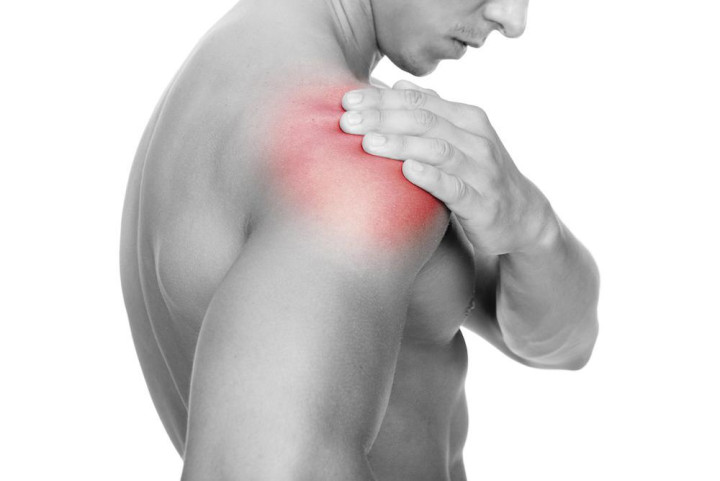Manipulation Under Anesthesia (MUA) Alleviates Pain and Improves Your Range of Motion

It’s easy to feel like nothing can help if you’re living with chronic pain and limited range of motion. But, even if other treatments have failed in the past, manipulation under anesthesia (MUA) could offer significant relief. In fact, MUA offers success rates of 80-90%.
At Valley Neurology and Pain, our experienced team uses this non-invasive technique to manage several acute and chronic conditions, from migraines and fibromyalgia to problems affecting the joints, neck, back, shoulders, and knees.
How MUA works
Manipulation under anesthesia isn’t a new technique. It has a 60-year history. This specialized procedure relieves pain and range-of-motion problems by breaking up the dense scar tissue and fibrous adhesions causing the issues. The problem areas are usually around your muscles, nerve roots, and joints.
To perform MUA, we administer a mild medication that sedates you. Then we use a combination of therapeutic methods to break up restrictive tissue. Treatments may include:
- Passive stretches
- Short-lever manipulations
- Specialized movements for your muscles, joints, and tendons
By putting you into this state of relaxation, we can manipulate your bones and joints and stretch your muscles at a deep level.
What MUA treats
Issues with shoulders and knees represent the vast majority of patients recommended for MUA. We might recommend MUA for a variety of other conditions that haven’t responded to conservative treatments, such as:
- Acute muscle spasms
- Chronic sprains or strains
- Persistent neck or back pain
- Chronic disc conditions
- Pinched nerves
- Failed back surgery syndrome
- Chronic pain, especially with restricted movement
Manipulation under anesthesia can also offer relief from some chronic pain conditions, such as fibromyalgia and migraines.
What to expect from MUA
Before performing manipulation under anesthesia, you undergo a comprehensive exam with one of our physicians to ensure you are a viable candidate and in good overall health.
During your MUA procedure, our anesthesiologist administers a sedative. Then, two of our specially trained doctors, Patricia Henthorn, DC, DAAMP and Jon Tanner, DC, DAAMP, work together to manipulate and mobilize your restricted areas. Treatments usually take 15-30 minutes, and we inject anti-inflammatory medication to reduce any tenderness you may have when you wake up. In most cases, you will only have some temporary soreness, as though you just had a vigorous workout.
Depending on your condition and response to MUA, we might recommend a series of treatments to provide the best results. You can usually expect dramatic results fairly quickly from MUA alone, but we may use this therapy in combination with a 2-4 week rehabilitation program. These complementary therapies include physical therapy, exercise, and gentle stretching, all of which can provide long-term relief and prevent scar tissue from reforming.
At Valley Neurology and Pain, with three convenient Arizona locations in Phoenix and Peroria, you are never a number. Your consultation, examination, and treatment are always administered by a highly-qualified medical professional.
To see if manipulation under anesthesia can ease your pain, book an appointment online or over the phone with Valley Neurology and Pain today.

